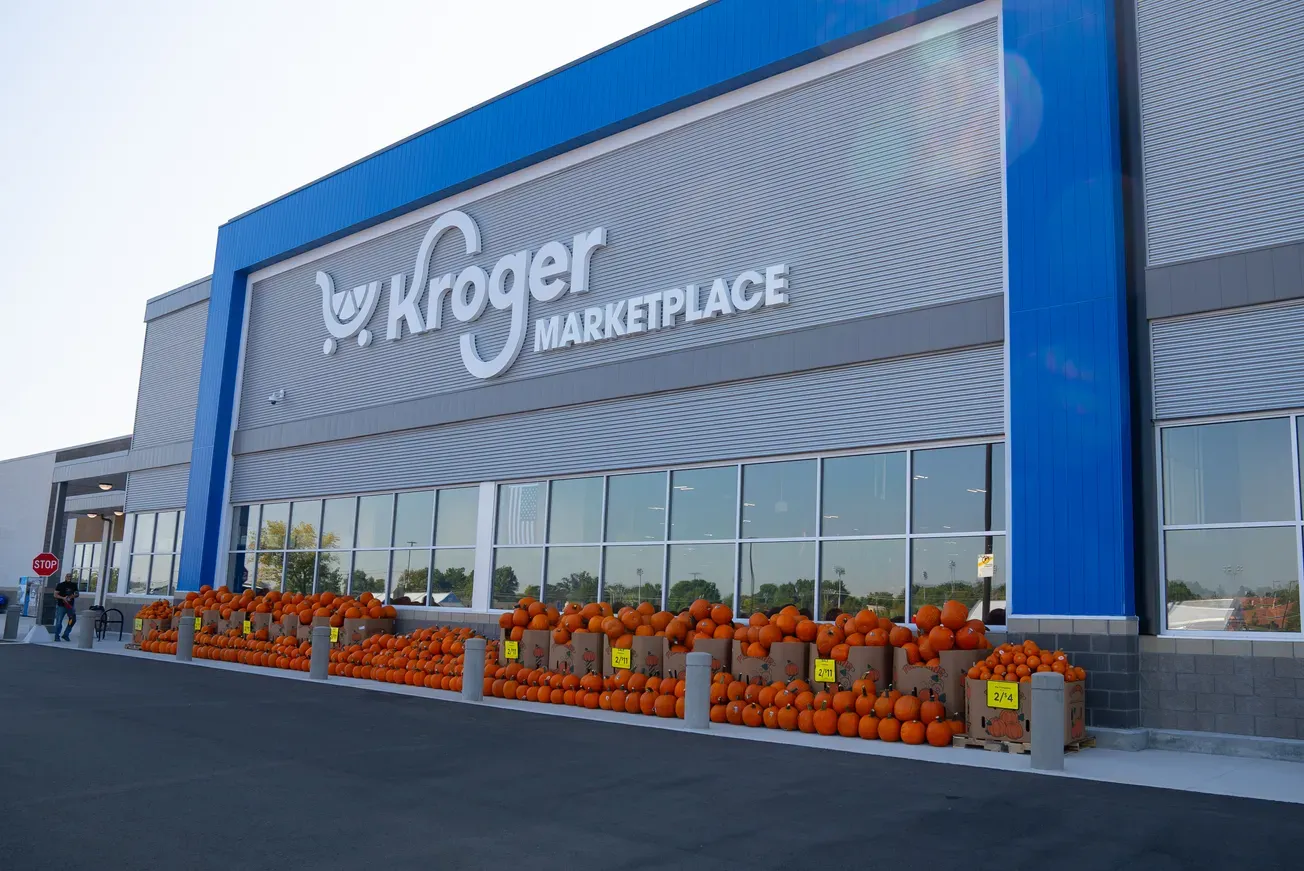NEW YORK — Thanks to the ever-growing applications of data analytics technology, chain drug stores have a unique opportunity to create benefits ranging from improved member outcomes to lowered spending. While the situation is evolving and the trail to driving better member health and reducing costs is still being blazed, chain pharmacies are recognizing the value of the data they collect. Most importantly, they are starting to look for areas where they can apply data analytics to create hitherto uncharted benefits for providers, payers, health system members and their own operations.
Health care integration creates more uses for data analytics
As organizations within the health care industry purchase, merge with, or otherwise absorb or partner with, other entities, the availability of data increases. Data that one wouldn’t typically expect a pharmacy to have in the past, or that it had but wasn’t as actionable in isolation, is now accessible and can be used to identify everything from potential risk factors of medications prescribed by multiple physicians for a patient to a variety of population health outcomes. Data is not siloed as strongly now as it was in the past. There is a wide variety of ways chain drug stores can take advantage of this broader accessibility of and view into data.

Maulik Bhagat and Michael Kim
A perspective shift is helpful to truly achieve this goal. Beyond being able to use information that allows pharmacists to make better decisions in the moment, focused on individual patients and the medicines prescribed to them, there’s a wider angle to consider. These capabilities give pharmacists and the businesses they work for a seat at the collective table of health care stakeholders, providing valuable insight and adding another dimension of patient oversight and care to the conversation.
Perhaps the most attractive large-scale benefit is the opportunity for chain drug stores to reach risk- and reward-sharing agreements with other health care entities that provide a financial incentive in exchange for information and analysis that lowers costs and improves member health outcomes. This new avenue to increase earnings while providing valuable, meaningful improvements for patient health helps chain drug stores maintain a strong financial position in a rapidly changing health care world.
How to start investigating and analyzing data
The number of potential topics to explore is limited only by the amount and types of data pharmacies can utilize. Tracking adherence to therapy regimens and utilization patterns are just two of the many areas chain pharmacies can consider investigating to derive valuable, useful health care analysis that ultimately improves patient outcomes.
Because data sharing is becoming more common, drug stores have access to additional information that can help them derive meaningful insight. That’s true even if the data collected wasn’t initially intended for a purpose relevant to the pharmacy chain’s specific needs.
The right technology, the right support staff and an organizational commitment to identifying and utilizing data effectively are all vital components of a successful effort. However, access to data from outside the pharmacy’s own reserves may be the most important element of all. Taking a broader view of what is accessible and which health concerns to analyze is therefore crucial for developing meaningful, useful analysis.
Areas to target
Every patient population is different, so pharmacists and other stakeholders need to determine which dimensions of a patient’s health care require focused attention and analysis. However, there are many potential conditions and operational concerns to consider, from careful analysis of opioid use to investigations of potential instances of fraud to finding useful commonalities among patients who take medication related to atrial fibrillation and pediatric asthma.
In one case involving medication adherence for patients with pediatric asthma, an accountable care organization (ACO) saw spikes in emergency room admissions related to breathing difficulties in March, June and July. When data from both medical and pharmacy claims were viewed together, it became clear that the issue was most strongly tied to juvenile patients with pediatric asthma — and not to older populations or other conditions, such as chronic obstructive pulmonary disease.
Further investigation revealed dips in maintenance inhaler prescription refills during the same periods when ER visits spiked. Additional research revealed that the absence of support structures found in schools led to less regimented adherence to maintenance inhaler use during the March, June and July time frames — periods when students were on vacation. The ACO then had the information it needed to reach out to parents and address the issue, ultimately boosting inhaler usage and cutting down on ER admissions.
Although chain drug stores have to develop agreements with specific providers and other stakeholders related to sharing risk and reward, this is a clear example of how effective use of pharmacy and patient data can provide valuable insight that benefits everyone involved.
Achieving effective results
Emergent technology, new methodologies and the use of many different levels of data are all key elements of how a chain drug store can effectively harness data and analytics.
The results achieved by the discovery of connections through deep dives into data sets are ultimately the most valuable product for pharmacies. Drug stores may therefore need to look beyond prescription data and tap into other informational streams, such as those generated by store loyalty programs, to focus on the social determinants of health and even more closely on geographic and demographic differences. The more robust the available types of data, and the stronger the understanding of the data by the scientists who analyze them, the better the results.
Relationships with providers, payers and — for controlled medications and fraud — local, regional and state law enforcement agencies also play a key role in the way chain pharmacies can improve health outcomes.
Through partnerships with other organizations that provide increased access to data, and by being willing to look at data in new ways, pharmacies can play a substantial role in improving health outcomes and lowering costs. And the fact that pharmacies can improve their own profitability by doing so makes this strategy especially attractive.
Maulik Bhagat is a managing director in the health practice of AArete, a global consultancy specializing in data-informed performance improvement. Michael Kim is a director in AArete’s retail practice, and he heads its Center of Data Excellence. They can be reached, respectively, at mbhagat@aarete.com and mkim@aarete.com.









